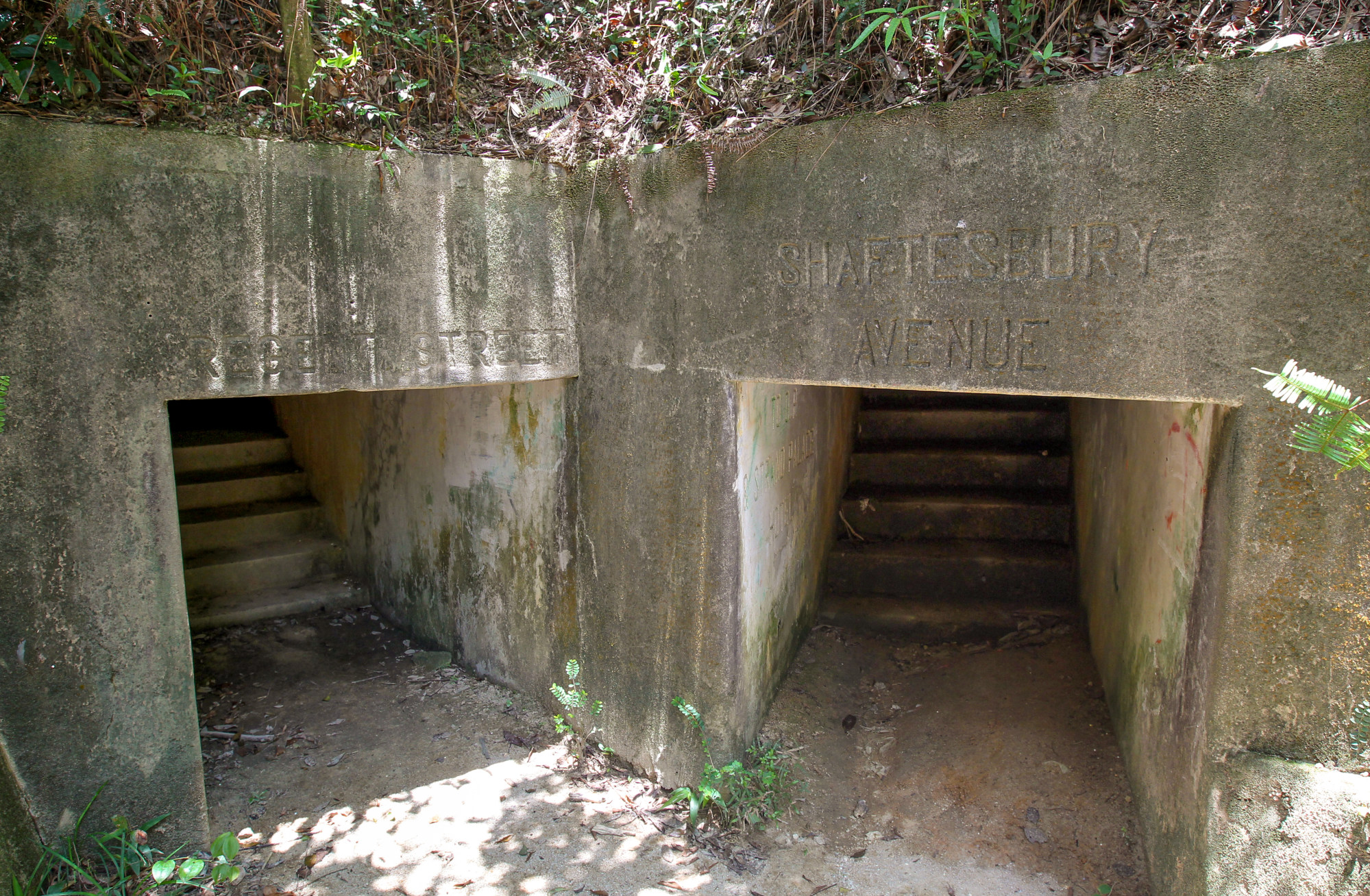Hong Kong proposes open-air museums to preserve historic military sites and relics in country parks
[ad_1]
Hong Kong conservation authorities have proposed establishing the first open-air museum in a country park in the city in a bid to preserve relics left behind during the second world war.
The Agriculture, Fisheries and Conservation Department on Friday said it had shortlisted two grade two historic buildings – Pinewood Battery in Lung Fu Shan Country Park and the Shing Mun Redoubt in the Shing Mun Country Park – for the museum, while a consulting company was reviewing the advantages and limitations of the two sites.

“The proposed open museum should carefully conserve the historic relics to safeguard their heritage, integrity and authenticity,” a department spokesman said. “The historical interpretation should not only focus on the relic itself but also reflect a broader view of the cultural landscape, as well as the connection between the features.”
He added the department could only choose between the two sites because of limited resources, and that it would consider setting up more than one open-air museum in the future.

Pinewood Battery, located in Central and Western district, was built by the British Forces Overseas Hong Kong in 1905 near the University of Hong Kong. The fort is located at an altitude of 307 metres (1,007 feet), making it the highest and most prominent battery in the city.
Call to learn from mistakes, engage public in Hong Kong heritage conservation
Call to learn from mistakes, engage public in Hong Kong heritage conservation
The battery was decommissioned in 1913, two years after the Mount Davis Fort went into service.
The Shing Mun Redoubt was part of the Gin Drinkers military defensive line against the Japanese invasion of the city during the Battle of Hong Kong in December 1941, which was part of the Pacific War.
It was believed to be the first confrontation point with the Japanese army during the war. In 1977, it became a part of Shing Mun Country Park in Tsuen Wan and Kam Shan Country Park in Sha Tin.

The structure is famous for its tunnel system built in the late 1930s, with authorities saying it was “most likely the only surviving site that has pillboxes, multiple underground tunnels and open-air concrete firing trenches”.
Hong Kong panel backs grade one status for three reservoirs
Hong Kong panel backs grade one status for three reservoirs
In a Friday meeting convened by the Country and Marine Parks Board, an advisory body under the department, board chairman Ling Kar-kan said he backed the proposal, but some members expressed concerns over whether the new designation might limit the public’s access to structures now easily accessible.
“Now they are all open to the public,” Ling said. “If you turn it into an open-air museum, how will you maintain the open access? I still can’t imagine how you can achieve that.

“But when people enter the site, I agree some degree of regulation is necessary. You have to stop people from doing things such as graffiti.”
Other members said authorities should pay attention to crowd control and site management because of the popularity of airsoft games in such areas.
The department said the sites would remain open after the museum’s establishment, but it had to re-evaluate a section of the tunnel system in Shing Mun Redoubt to ensure public safety.
Taurus Yip Kwan-kit, co-founder of history conservation group Watershed Hong Kong, said the two sites conveyed different aspects of the Battle of Hong Kong, adding he had reservations about turning either of them into a museum.
“Shing Mun Redoubt was for land battles, while Pinewood Battery targeted anti-aircraft warfare,” he said. “I’m worried that compromises will be made for tourists that will eventually inflict damage on the relics, such as setting up gates and velaria. Restoring their original appearance is more important than establishing an open-air museum to satisfy visitors.”
[ad_2]
Source link





